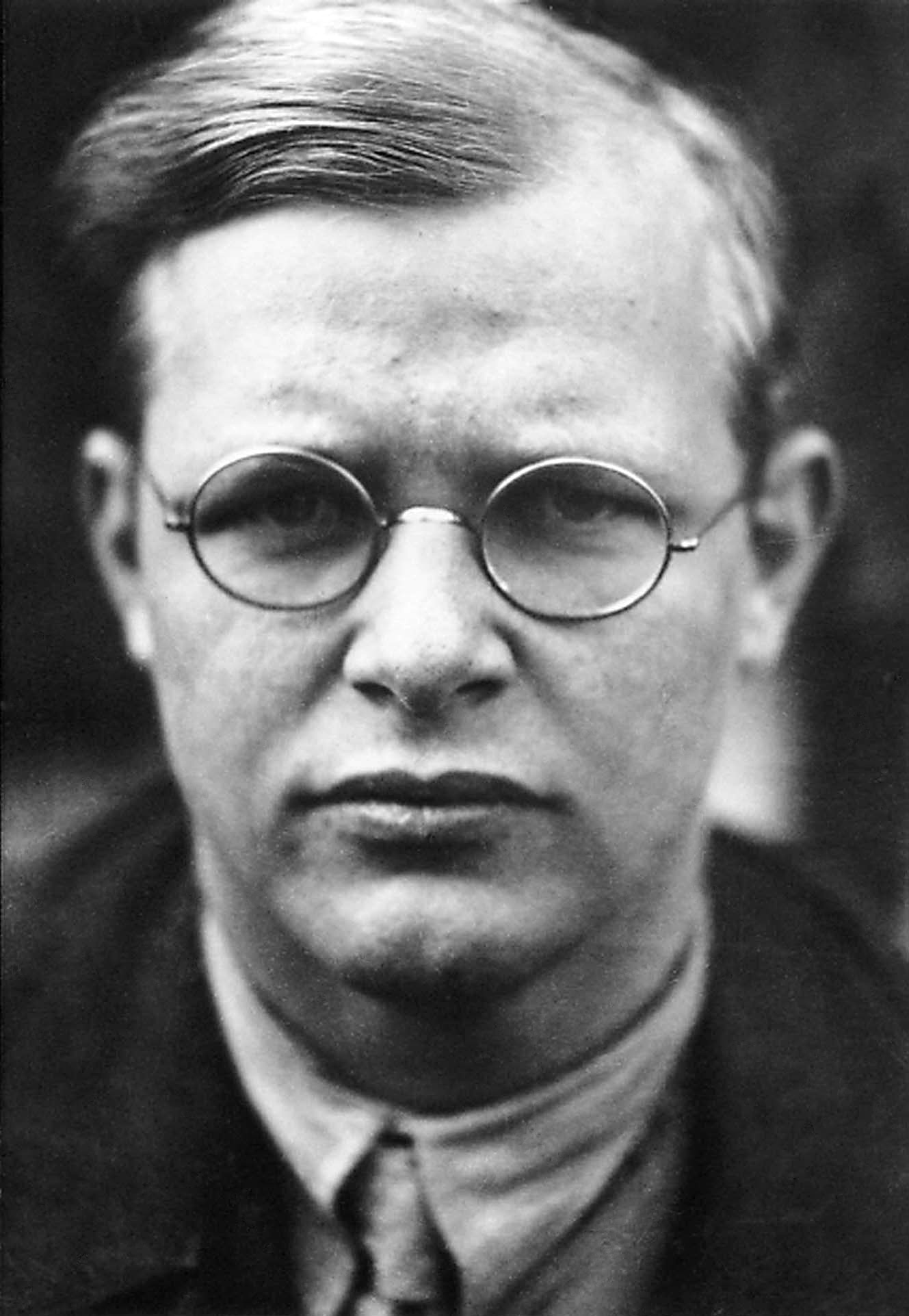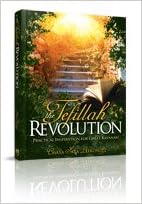
This past week, the Jewish Chronicle published a remarkable article that caught my attention that I would like to write about, which just appeared in the news for the first time.[1]
The time: 2012
The place: Modern day Amsterdam.
The event: A group of university scholars and leaders of the Amsterdam Jewish community meet to discuss the possibility of lifting a ban of excommunication made against Baruch Spinoza. This ban has been in effect for 356 years.
The Amsterdam Chief Rabbi, Haham Dr. Pinchas Toledano was asked to lift the 356-year-old ban of excommunication, but he refused to do so for several reasons:
He gives many reasons for his position:
- Spinoza never asked the community to rescind the ban despite the fact that the average excommunication [and there were many in those days] was lifted after 30 days. Therefore, “beyond any shadow of doubt, Spinoza never requested to rescind the herem.”
- Spinoza never asked for forgiveness and felt his positions were justified within the matrix of Judaic thought.
- Toledano explains that we do not wish to intimate that we approve of Spinoza’s heresies.
- Judaism does not recognize the freedom of speech.
While one may or may not accept the first three reasons Toledano offers, the last reason about Judaism being against the freedom of speech is especially offensive and historically untrue. Throughout the medieval era, Jewish thinkers took umbrage with each of Maimonides Thirteen Principles of Faith. There has never been a catholicity of Judaic belief in Jewish history. This is an important distinction we make between the Christian faith that insists upon correct belief vis-à-vis Jewish belief.
While one may or may not accept the first three reasons Toledano offers, the last reason about Judaism being against the freedom of speech is especially offensive and historically untrue. Throughout the medieval era, Jewish thinkers took umbrage with each of Maimonides Thirteen Principles of Faith. There has never been a catholicity of Judaic belief in Jewish history. This is an important distinction we make between the Christian faith that insists upon correct belief vis-à-vis Jewish belief.
Perhaps the Ultra-Orthodox ought to take a lesson from the Catholic Church.
When Galileo first championed his heliocentric theories to Copernicus in 1610, the Catholic Church unleashed the power of the Inquisition, who ruled that such theories of the solar system were heretical. Galileo’s books were banned and burned. Nobody was allowed to even discuss his “dangerous” scientific ideas. In 1633, he was tried and arrested for heresy and remained in prison until his death in 1642. Oddly, despite the scientific progress the world had seen since the time of his death, only Pope John Paul II finally freed Galileo from the tortures of purgatory in 1999.
People nowadays laugh that it took so long for the Catholic Church to finally honor a truly great figure in modern history. Today, many of the Church’s greatest theological minds are also physicists who believe that a symbiosis of science and religion is possible, as Einstein famously stated: “Science without religion is lame, religion without science is blind.”
In short, anyone who is familiar with much of what Spinoza writes about with respect to God, Bible, and revelation, one can more or less discover many of his ideas in the classical sources. Granted, we have every right to differ with many of Spinoza’s ideas, much like we would differ with Maimonides’s view of Kashrut, or Gersonides’ views regarding Divine omnipresence.
The real problem that we are witnessing today is the attempt of Ultra-Orthodox (Haredi, Chabad, Haredi Light Judaism, etc.) seeking to homogenize Judaic thought so it will exclude any non-Orthodox form of Judaism. That is the problem that demands addressing.
Our problem boils down to a very human problem: the fear of new ideas. Carl Jung once referred to this problem as “misoneism” and it is nothing new in the history of human civilization and progress. Stalwarts of the status-quo fear a loss of position and power that comes with the introduction of a new paradigm. History reflects such rigid and intransigent thinking. Unfortunately, it is a problem that is evident in many walks of life—especially when it comes to religion.
The way to fight heretical ideas is not by burning or forbidding these books to be read. We must combat questionable or debatable ideas by coming up with better ideas. This is a legacy that Spinoza tried to start in his own way, and we are greatly indebted for the questions he poses for modern Jews of all denominational movements to wisely consider answering.







